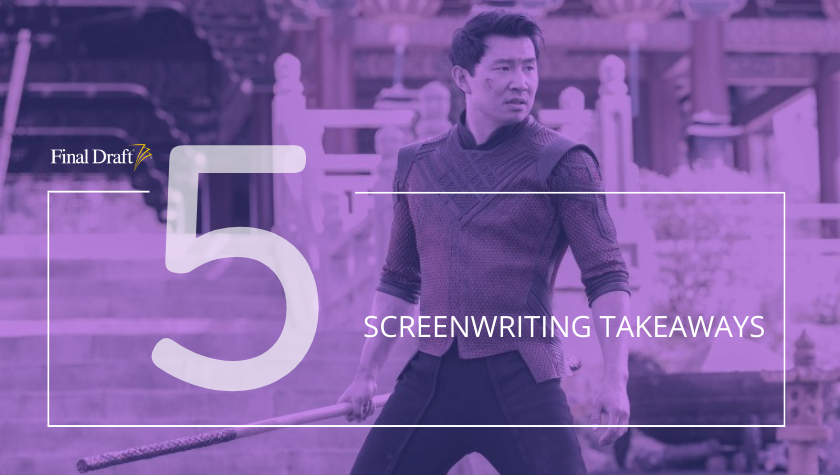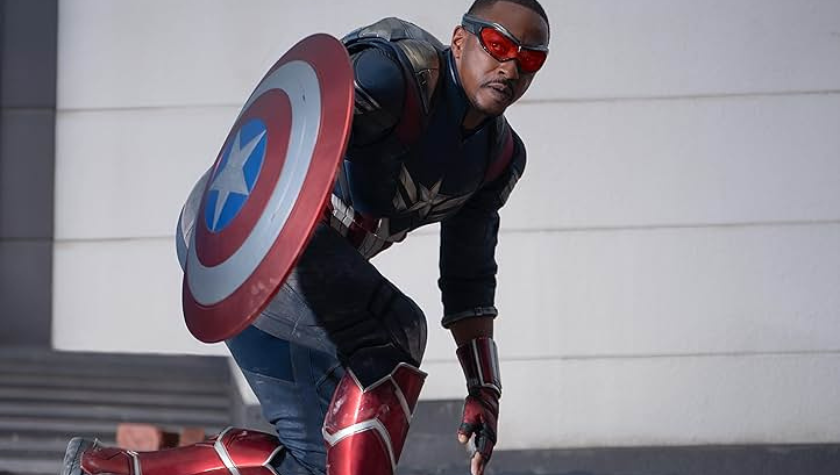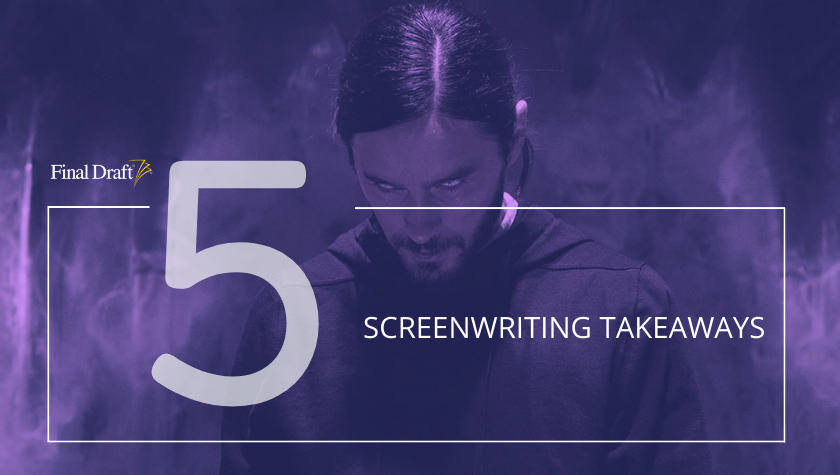Take 5: A hero must rise in ‘Black Panther: Wakanda Forever’
November 16, 2022
In the latest Marvel Studios film, Black Panther: Wakanda Forever, the citizens of Wakanda are mourning the loss of their king while facing the powerful forces of a new enemy from below the sea and the world powers interested in the Vibranium found within the country. With the unfortunate passing of Chadwick Boseman in 2020, the filmmakers had to elevate the supporting characters of the first film while writing to fit the narrative of the broader Marvel Cinematic Universe.
Here are five screenwriting takeaways you can learn from Black Panther: Wakanda Forever.
- The Culture of Wakanda
The filmmakers of Black Panther: Wakanda Forever had to find a way to move the film franchise forward after Chadwick Boseman passed away. They didn’t replace the actor with a new T’Challa, but rather recognized the death and put it into the story to both motivate the characters and show the culture of the Wakandan society.
The movie begins with T’Challa’s sister, Shuri (Letitia Wright) using her scientific determination to find a way to keep him alive. She doesn’t succeed and this leads to the funeral of the country’s king. Just like every other society, the people of Wakanda have their way of mourning the death of their leaders. How the characters react to the tragedy becomes a part of the story.
Whether you’re working on a fantasy story or a drama, how can you incorporate culture into the narrative?
- Creating a Somewhat Origin Story
Black Panther: Wakanda Forever had to find a way to pass the baton to a new Black Panther. Because none of the characters were technically in line for becoming the next superhero, unlike Spider-Man who received the gift of Iron Man’s technology or The Falcon who gets the shield from Captain America, this film becomes an origin story for Shuri as she struggles with being the next in line of the thrown of Wakanda, the death of her dear brother and insistence that the Black Panther concept can no longer protect the country.
Shuri wasn’t supposed to be the hero. Her gift was her intelligence and abilities to use technology, not so much fight bad guys. This film forces her to have that seemingly impossible task of replacing a beloved character and showing how the continuation of Wakanda in the Marvel Cinematic Universe will proceed without the original Black Panther.
If you’re writing an origin story for a superhero or creating a new protagonist’s world, Black Panther: Wakanda Forever provides a unique approach to the introduction of the hero.
- Who is the Antagonist?
The antagonist of a superhero film often makes a grand, terrifying entrance. For example, in Thor: Love and Thunder, Gorr the God Butcher arrives in the first scenes and kills the God he spent a lifetime worshipping.
The introduction of the enemy serves a purpose of showing what our hero is up against, even if the audience doesn’t quite understand the full threat. In Black Panther: Wakanda Forever, the enemy comes from below the water where a civilization of beings can access Vibranium and believes anyone who tries to mine it a serious threat.
Their methods are brutal. They can sing as a group which causes their enemies to commit suicide, similar to the Sirens in The Odyssey. They are violent against anyone who threatens them back and their leader has super strength and can fly. They show no mercy and can disappear as fast as they arrive.
One way you can introduce your hero’s enemy is by showing what they’re capable of. In a boxing movie like Creed, we see the ruthlessness of the opponent the protagonist will have to fight whereas in Ghostbusters the librarian is scared out of her wits by a levitating spirit.
More often than not, the villain’s initial act isn’t toward the hero.
- Building a Superior Enemy
We love to make our heroes flawless. They are strong, smart and can get out of any situation you put them in. But heroes need flaws and one way that you can find them and exploit them is through the antagonist: The Joker makes a better Batman; Sarah Connor must battle a relentless killer terminator from the future.
In Black Panther: Wakanda Forever Shuri’s enemy is Namor (Tenoch Huerta) who is stronger, more ruthless, can use Vibranium to damage Wakanda weapons and vehicles, and is superior overall. He doesn’t seem to have any weaknesses.
He also will protect his empire at all costs, even if it means turning the surface countries onto Wakanda to achieve his goal. This is similar to Killmonger in the first Black Panther who was able to defeat T’Challa to claim the kingdom of Wakanda. T’Challa in return had to find a way to defeat a superior enemy.
This is a great adversary for a hero to face. How can you defeat an enemy that is so superior to you?
As you create the hero in your story, think about what they excel at and then find an antagonist who can do it better. Now the protagonist must discover their enemy’s weakness and exploit it to win.
- Sneaky exposition
Who are Namor’s blue-skinned, water breathing warriors? And what are his objectives? Part of telling a story is entering a world that the protagonist, or at least your audience, might be unfamiliar with. Anyone watching the sequel is likely familiar with Wakanda, but they don’t know about the new enemy. Black Panther: Wakanda Forever takes the audience on a journey of discovering the underwater civilization through the lens of Shuri. She gets to see this undersea world with amazement while learning about its people. She also has a long conversation with Namor who explains why his people have suddenly appeared, his history and his intentions.
We learn about them when our protagonist does. This humanizes the villain and gives the audience sympathy toward them.
Another example is Beauty and the Beast. When Belle is captured and placed in the castle, the audience goes on the journey with her to learn who the beast is and the secrets behind the cursed palace.
Exposition doesn’t have to be two people talking in a car or office. Think about how you can show and tell what’s going on that advances the story in an intriguing way.
Black Panther: Wakanda Forever provides a different take on storytelling that we’re not used to seeing in the Marvel Cinematic Universe. It offers lessons in writing that go beyond the superhero genre and how you can create compelling characters.
The film is written by Joe Robert Cole and Ryan Coogler, who also directs, and stars Letitia Wright, Lupita Nyong'o, Angela Bassett and Tenoch Huerta.
Black Panther: Wakanda Forever is now playing in theaters.
Written by: Steven Hartman
Steven Hartman is an award-winning, optioned screenwriter. He was a Top 5 Finalist in Big Break’s Historical Category in 2019 and won Best Action/Adventure in Script Summit’s Screenplay Competition in 2021. He holds a Bachelor of Arts degree from Columbia College and had internships at Jerry Bruckheimer Films and Village Roadshow Pictures. Steve is a full-time writer and creative video producer by day and a screenwriter and novelist by night.- Topics:
- Screenwriting & Craft




